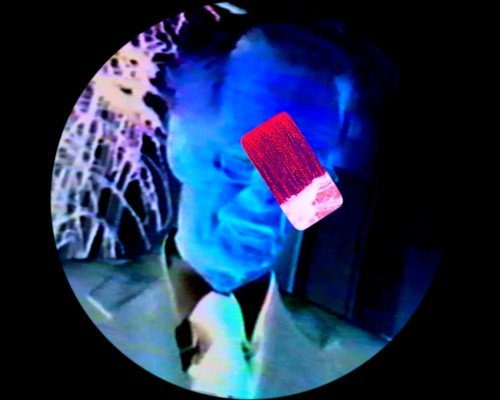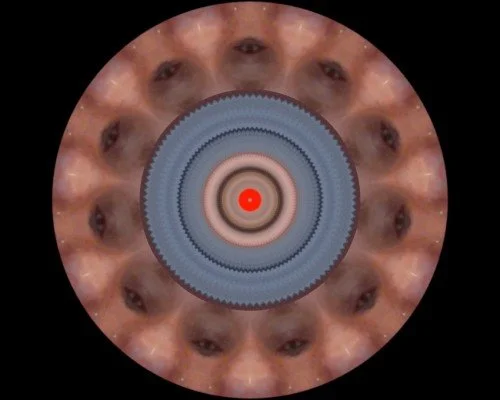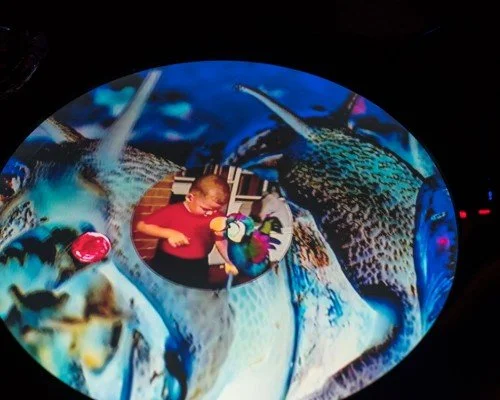
Organic Control
2017
Moving Image
Organic Control (2017) Katriona Beales 6m26

‘Organic Control’ addresses the manipulation of behaviour online through a collage of animations, archive footage, screen shots and original video. It references the work of B.F. Skinner, a pioneering researcher in the field of behavioural psychology. He showed that rewards rather than coercion modify behaviour. He developed a feeding box for pigeons, training them so that every time they peck a red dot they get food. On this “fixed reward schedule”, the pigeon only pecks when it’s hungry because it’s a reliable result. But if you have a “variable schedule of reward”, where there is no correlation between pecking and the release of food, the pigeon will compulsively and constantly peck the dot.
Essentially, this variable schedule of rewards, which Nir Eyal also talks about in his book ‘Hooked’, is utilised by most online platforms and apps to increase the amount of time ‘users’ spend on that particular platform. Take this quote from Nir Eyal: “Variable schedules of reward are one of the most powerful tools that companies use to hook users… levels of dopamine surge when the brain is expecting a reward. Introducing variability multiplies the effect, creating a frenzied hunting state… When Barbra lands on Pinterest, not only does she see the image she intended to find, but she’s also served a multitude of other glittering objects… Before she knows it, she’s spent 45 minutes scrolling.”(1) The title references Project OrCon (Organic Control) which B.F. Skinner (funded by the US military) experimented on techniques for pigeons to be able to direct missiles.
‘Organic Control’ includes sections of archive footage used with permission from the B.F. Skinner Foundation.
Shown as part of ‘Are We All Addicts Now?’ – new work by Katriona Beales and Fiona MacDonald at Furtherfield 15th Sept-12th Nov 2017
In the exhibition ‘Organic Control’ was shown on a flatscreen embedded in a bespoke black glass trapezoid table. On the table surface was a variety of sculptures, including a small fountain and other moving image works playing on raspberry pi screens embedded in solid glass sculptures – see ‘Working Table IV’ for more information.
(1) Nir Eyal, ‘How to Manufacture Desire,’ UX Magazine, 2015

Credits and thanks to:
Bruce Marks (glass artist)
Rob Prouse (raspberry Pi and AV technician)
Stëfan Schäfer (book designer)
Shane Beales (composer of audio soundtrack)
‘Are We All Addicts Now?” was made possible by :
The Wellcome Trust
Arts Council England
Science Gallery London
Central St Martins
BF Skinner Foundation
Haringey Council





